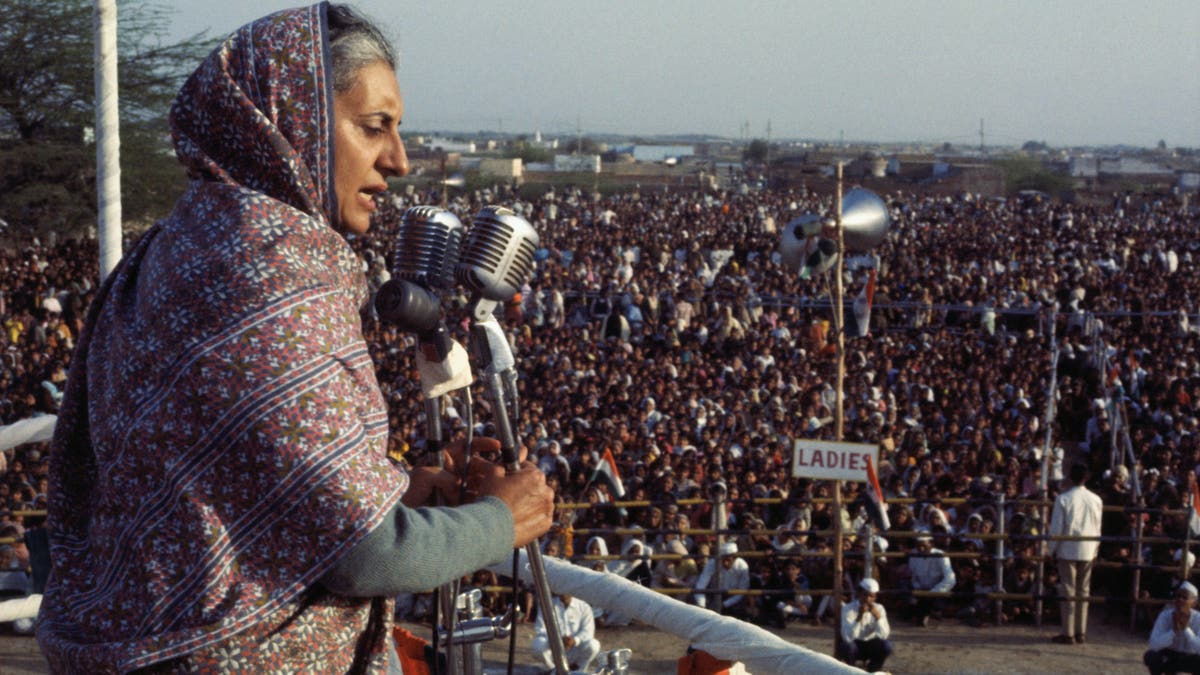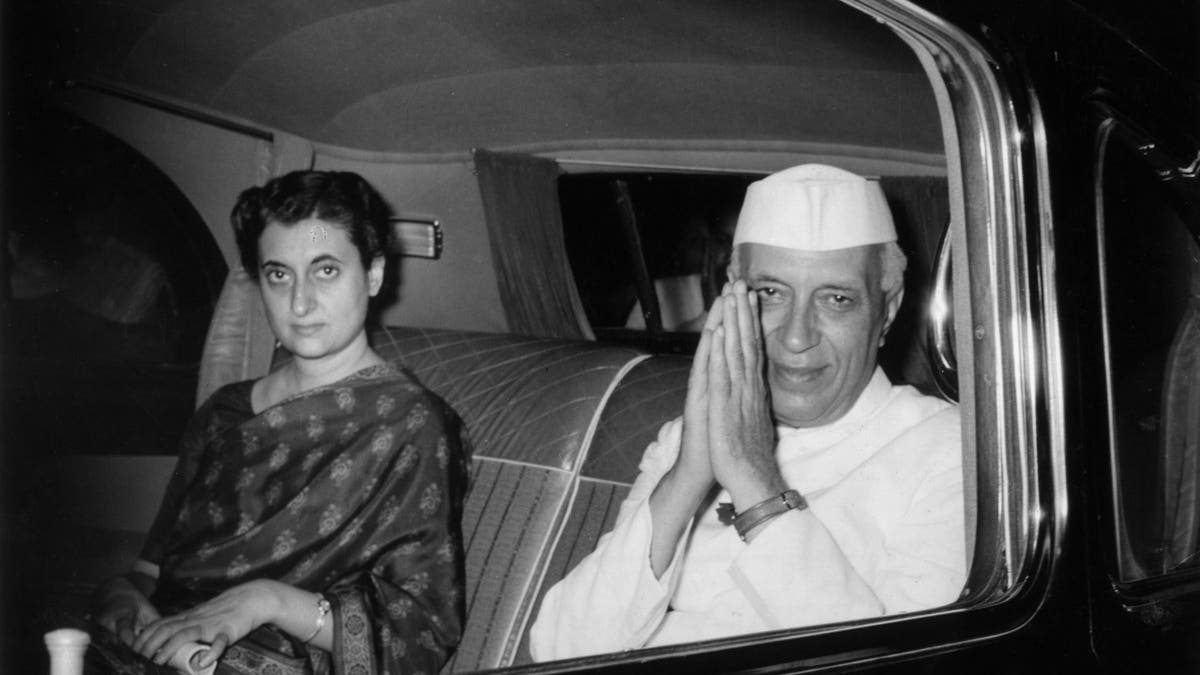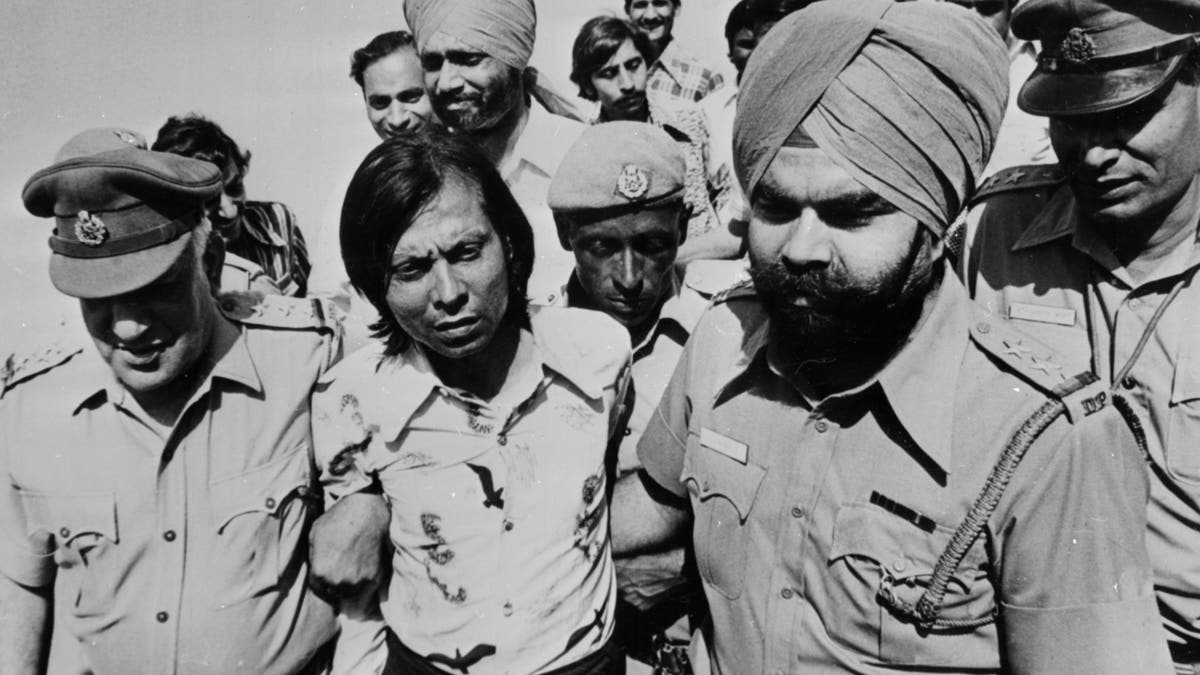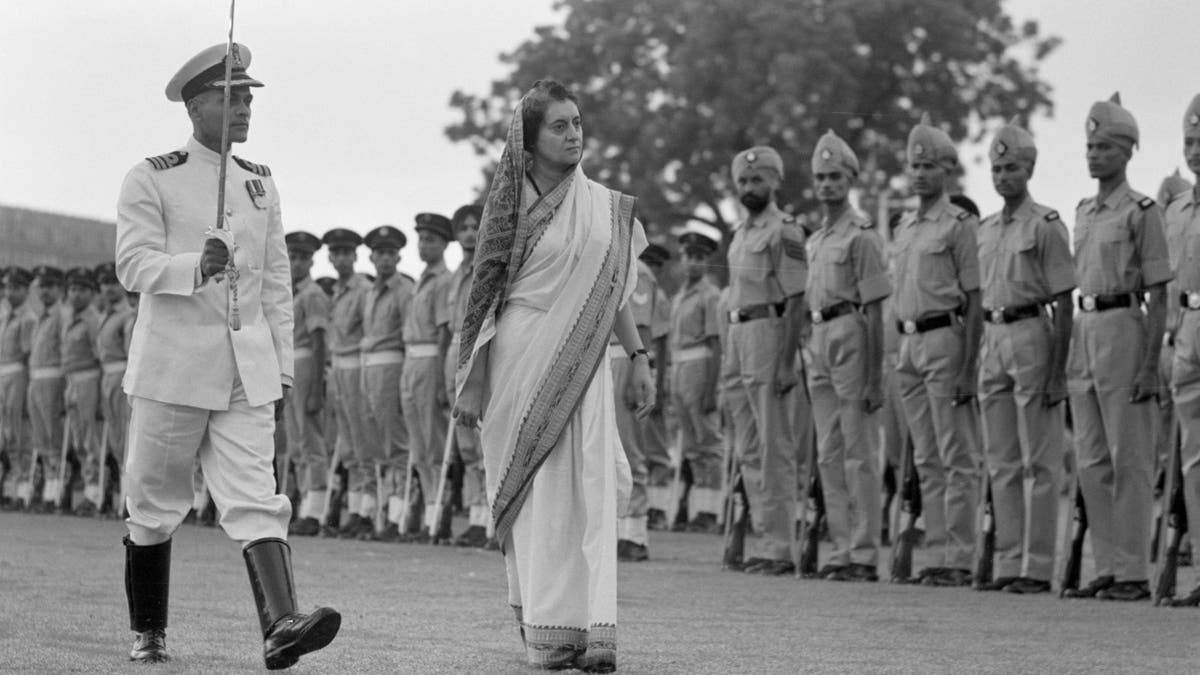Irish prime minister facing backlash after calling child hostage 'lost'
FOX Nation host Piers Morgan joined 'FOX & Friends' to discuss the prime minister's 'tone-deaf' message and why he considers his remarks a 'shameful dereliction of duty.'
Indira Gandhi, a prominent Indian politician and the daughter of Jawaharlal Nehru, India's inaugural prime minister, was tragically assassinated by her own bodyguards on Oct. 31, 1984.
Born Nov. 19, 1917, she emerged as a central figure in her country's political landscape, eventually becoming prime minister in her father's footsteps.
The trust she placed in her favorite Sikh security guard, following Operation Blue Star, ultimately proved to be a fatal mistake. In exploring the narrative of Gandhi's assassination, it is crucial to examine the backgrounds and motivations of her assailants, shedding light on the reasons that led to their fatal decision.

Prior to her time in office, Indira Gandhi studied at prominent institutions, including Somerville College, Oxford and the Visva-Bharati University in West Bengal. (Shukdev Bhachech/Dipam Bhachech)
Who was Indira Gandhi?
Gandhi served as her country's third and only female prime minister starting in 1966 to 1977, and then served another term from 1980 until she died in 1984.
As a central figure of the Indian National Congress, she was admired for her leadership and criticized for her authoritarian approach. She played a significant role in Indian politics and is often cited as a trailblazer for women throughout the country.
Gandhi was a key player in Indian politics for 17 years, whether in office or out of it. She played an active role in the Independence movement and closely worked with her father, Jawaharlal Nehru, a pivotal figure in the establishment of contemporary India, serving as his assistant when he was prime minister. In 1959, she also held the position of president of the Indian National Congress.

Indira Gandhi's tenure has been characterized by significant economic and social changes, but also by allegations of authoritarianism.
Indira Gandhi becomes prime minister
Gandhi rose to power suddenly after Lal Bahadur Shastri died in 1966. At the outset of her leadership, India struggled with significant economic hardships, including high inflation and food shortages. The country's agricultural sector was vulnerable due to its dependence on the monsoon seasons and aid from the U.S.
She also faced substantial political challenges and dedicated much of her tenure to overcoming these issues, the same issues Nehru attempted to resolve. She fought to direct India toward self-reliance and economic resilience. By 1980, India had become self-reliant and even became a nation of grain surplus, alongside notable industrial progress — achievements attributed to her governance.

Indira Gandhi's involvement in politics began at an early age, often accompanying her father on his political campaigns. (Hulton Archive)
Acknowledged milestones during her leadership include the triumph in the 1971 War with Pakistan, the formation of Bangladesh and the cementing of India's status as a potential nuclear power. All of these developments strengthened India's self-esteem.
Her tenure ended with her assassination, leaving behind a legacy of achievements and unresolved tensions.
Indian society was divided about her; some called her "Mother Indira," and others viewed her as authoritarian. However, it is widely accepted that her leadership shaped India and set the course for its future.

Indira Gandhi was assassinated by her own Sikh bodyguards on Oct. 31, 1984, following the events of Operation Blue Star. (Keystone/Getty )
Operation Blue Star
Gandhi's time as prime minister was impaired by increasing tensions with Sikh separatists, culminating in Operation Blue Star. This was the Indian army's response in June 1984 to remove militant Sikh leader Jarnail Singh Bhindranwale and his followers, who had hidden themselves within the Golden Temple in Amritsar. The militants' substantial armaments led to a heavy-handed military response, which included the use of artillery.
The conflict ended on June 10 with the army seizing control of the temple. However, the operation, which coincided with a significant Sikh religious event, resulted in numerous civilian deaths who were present at the time. This resulted in widespread condemnation from Sikhs globally. They interpreted it as an attack on their religious community.

Indira Gandhi served as prime minister of India for three consecutive terms (1966-77) and a fourth term from 1980 until her assassination in 1984.
IRANIAN LAWMAKER DECLARES TEHRAN OBTAINED NUCLEAR BOMBS
The repercussions of Operation Blue Star severely damaged Gandhi's standing with Sikhs, which eventually led to her assassination.
Assassination of Indira Gandhi
Gandhi's assassination on Oct. 31, 1984, was committed by her bodyguards, notably Beant Singh, who was considered a favorite. The assassination was a consequence of the tensions from Operation Blue Star and led to a planned reassignment of Sikh bodyguards, including Singh. Gandhi canceled the transfer, worried about increasing her anti-Sikh persona.

Indira Gandi married Feroze Gandhi in 1942, and together had two sons, Rajiv Gandhi and Sanjay Gandhi. (Keystone/Getty)
On the morning of her assassination, despite being advised to wear a bulletproof vest, Gandhi was not wearing it.
CLICK HERE TO GET THE FOX NEWS APP
As she walked through a gate headed to an interview, Singh shot her three times in the abdomen with his .38 revolver. Satwant Singh, another bodyguard, fired 30 rounds from his submachine gun. Following the assault, Beant was located and killed by Border Police, and Satwant was tried and executed in 1989.
Indira Gandhi’s son, Rajiv Gandhi, succeeded her as prime minister of India.
EDITOR’S NOTE: This report has been updated to clarify Indira Gandhi’s successor.










































